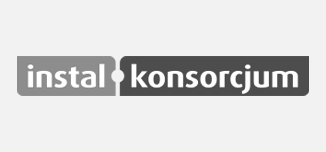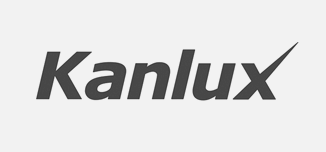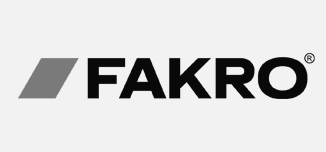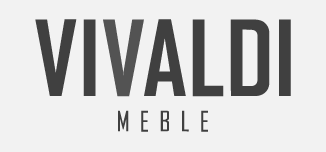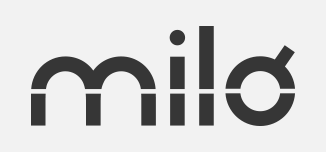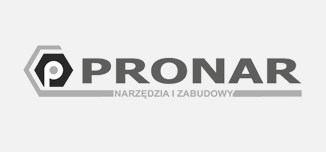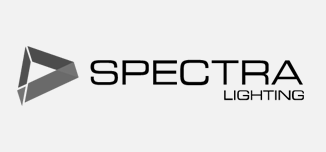Pimcore is a comprehensive, multi-module, API-based digital platform. Companies use it to centralize their sales and marketing content, achieve top-tier data quality, and deliver the best-in-class customer experience across all channels and devices. Pimcore includes PIM, MDM, DAM, and DXP/CMS modules. It is successfully utilized by over 100,000 companies worldwide, including Fortune 100 corporations like Pepsi and Stanley Black & Decker.
Product Information Management
The PIM module centralizes and organizes all marketing, sales, and technical product information. The Open Core PIM platform enables the acquisition, management, and sharing of any type of digital data and is designed to easily integrate with existing IT systems. Pimcore allows you to tell a consistent product story across all channels by managing, aggregating, and distributing product data. With centralized and harmonized product information, you can ensure that the information shared with customers is accurate, up-to-date, and consistent across all channels, such as e-commerce, print, and social media.
Pimcore provides a flexible and user-friendly interface for creating and editing product information, making it easier for teams to collaborate and manage product data.
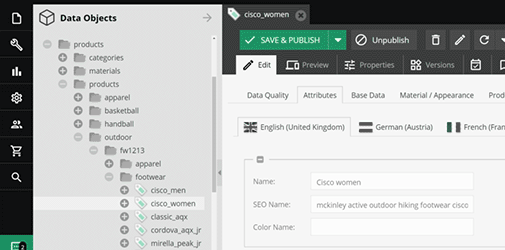
Digital Asset Management
Digital Asset Management (DAM) software centralizes all media assets, including photos, graphics, documents, videos, and other multimedia content. The Open Core DAM platform places digital asset management at the heart of digital experience management. It can integrate, consolidate, and manage any type and volume of digital assets.
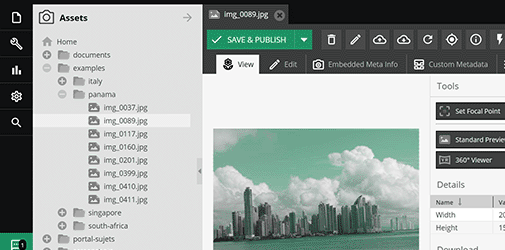
Content Management System
The Pimcore CMS helps you unleash the strategic power of content by managing it from a single location - whether it’s for a single website or multilingual sites across various devices. Pimcore’s Open Source CMS is highly scalable, enabling the management of content-rich portals and experience-driven websites. Its flexible content architecture ensures channel-independent content creation, management, and API-driven delivery, allowing for seamless integration with other websites/applications and leveraging omnichannel orchestration for exceptional digital experience management.
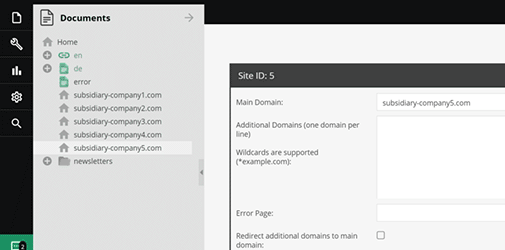
What sets the Pimcore platform apart?
Data modeling
Highly flexible data modeling capability - from simple structures to highly complex views. Data models can be freely combined to create flexible and scalable data models for any industry.
Data management
Using a browser-based user interface and context-adapted drag & drop operations, Pimcore simplifies working with product information. Batch editing, data validation, perspectives, custom views, and versioning are just some of the technical solutions for even more efficient work.
Full multilingual
Editing and translating data works with any number of languages. Many of our clients manage data in over 20 languages.
Pimcore provides flexible data models, editing interfaces, and data translation tools to effectively support global sales and marketing teams.
Data quality control
Compliance with predefined attribute type definitions or REGEX rules enforces proper data quality. Additionally, the platform allows the creation of advanced reports to improve data quality and monitor its completeness.
Configurable workflow
Establishing clearly defined business processes and standardized editorial workflows enhances accuracy and work efficiency. The workflow allows you to define successive states of the product lifecycle, along with quality and completeness criteria required for the product to advance to the next workflow stage.
Integrations
Pimcore seamlessly integrates with the existing IT environment and connects all available data sources. Data import from external sources is performed based on configured mappings without the need for any coding. Supported file formats include CSV, XLSX, JSON, and XML. Additionally, the use of GraphQL API enables real-time, bidirectional communication with other IT systems.
Enterprise Print Publishing
Pimcore offers advanced PDF generation capabilities, revolutionizing traditional printing processes for creating B2B and B2C marketing and sales materials. It automates the creation of content such as price lists, product catalogs, and other publications. Optional integration with Adobe InDesign is also available.
Pimcore Open Core License
Pimcore Open Core License guarantees full access to the source code and the freedom to modify it. It enables the creation of custom, including private, extensions without the obligation to publish them. This way, Pimcore maintains the character of an open platform supported by the community while providing companies with greater legal and business flexibility.
Pimcore Academy
An excellent training and educational platform for all users and software developers. The extensive course offering includes a total of 55 lessons, 200 chapters, and over 40 hours of video materials. Tutorials, links to additional resources, and code examples help deepen practical knowledge and become a true Pimcore expert!
Benefits of implementing the Pimcore platform
Implementing Pimcore means centralizing data – all product information, content, and multimedia assets are stored in a single, shared environment. Instead of maintaining multiple independent databases, documents, and systems, an organization works within one cohesive ecosystem, significantly reducing the risk of errors, shortening search times, and improving overall data management quality.
Pimcore ensures communication consistency – product data, marketing descriptions, images, and editorial content are unified and aligned across all communication channels. Whether a customer visits the website, uses a mobile app, browses a PDF catalog, or follows the brand on social media, they always encounter the same, carefully prepared information. Such consistency strengthens brand perception and builds customer trust.
Flexible integration with other business systems is another major benefit. With Pimcore’s Datahub, the platform seamlessly connects with ERP, e-commerce, CRM, and analytics tools. Data synchronization occurs in real time or on a defined schedule, eliminating manual copying and enabling automated processes.
Integration with e-commerce and CMS platforms is also a strong advantage. Pimcore provides a versatile API that allows connections with any external system – whether PrestaShop, WordPress, or other e-commerce solutions. It consolidates product data, editorial content, and multimedia assets in one place and distributes them via API to online stores and digital platforms. This accelerates time-to-market while improving customer experience and product presentation quality.
One of Pimcore’s most defining aspects is its open-source model, which guarantees full code transparency and development flexibility. Companies gain complete control over the system – they can freely modify, expand, and tailor it to their unique business needs. Access to the source code enables the creation of custom extensions, integrations, and functionalities, making Pimcore a platform with virtually unlimited adaptability to the specific requirements of any organization.
Available editions of Pimcore
Community Edition (CE)
A free edition for organizations with annual revenues of up to €5 million. It provides the core Pimcore components (PIM/MDM, DAM, CMS/DXP, basic APIs and integrations) with full access to the source code. It does not include enterprise features, guaranteed support, or long-term LTS; updates and maintenance are handled entirely by the organization’s own IT team or partner.
Professional Edition (PE)
A commercial edition for companies that require a formal license, regular updates, and easy ecosystem expansion (e.g., access to extensions/marketplace). It offers predictable costs, license compliance for production environments, and update support, while retaining full control over infrastructure. It does not include the complete set of enterprise features or contractual SLA.
Enterprise Edition (EE)
The most comprehensive edition for organizations with complex data processes and high security requirements. It includes all enterprise features (e.g., advanced workflows and automation, data quality management, personalization and DX tools, portals/experience portals, enterprise-grade integrations), LTS, and optional SLA/DirectConnect.


